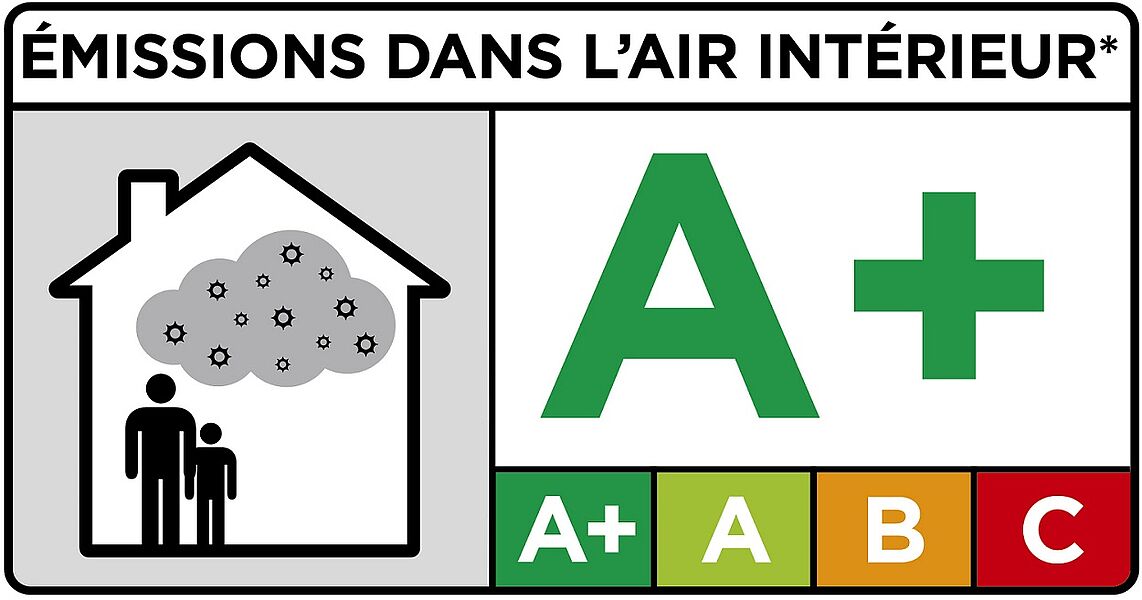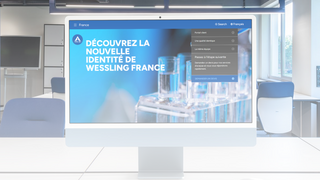
Emissions analysis: materials and furniture
Accredited to NF EN ISO/IEC 17025, our laboratory carries out custom emissions analyses on all types of matrix.
Cov label: Building materials emissions
Cov label: mandatory labeling for building materials

Building products and materials are subject to certain emission thresholds, which are classified from A+ to C using the cov label. Our test chambers enable us to carry out emissions analyses in compliance with NF EN ISO 16000 and NF EN ISO 16516 standards, using samples measuring 100x50cm for ceilings or 50x50cm for floors and walls. Our expertise enables us to respond to even the most specific requests, offering custom emissions analyses on any type of matrix, with lead times of 5 to 6 weeks between the start of the test and dispatch of the report.
The emissions analyses carried out in our Lyon laboratories enable us to comply with Decree no. 2011-321, which since September 2013 has required manufacturers of construction products and materials to label their products with the cov label. This label, particularly for building materials, informs consumers about Volatile Organic Compound (VOC) emission levels. Among the pollutants covered by this label are :
- formaldehyde,
- acetaldehyde
- toluene,
- tetrachloroethylene,
- xylene,
- 1,2,4-trimethylbenzene,
- 1,4-dichlorobenzene,
- ethylbenzene,
- 2-butoxyethanol,
- styrene,
- total volatile organic compounds (TVOC).
The cov label also enables us to position ourselves more effectively in a market where consumers are increasingly aware of the pollutants that affect indoor air quality. Indeed, the French are increasingly aware of the various pollutants present in their indoor environment.
Furniture emissions analysis and regulations
Analysis of emissions from furniture
For the moment, there are no regulations in place. However, according to the Agence Nationale de la Santé Sanitaire, furniture is the source of 31 volatile organic compounds (VOCs). The various reports on the impact of potential pollution from furniture on indoor air quality could accelerate the emergence of standards on this subject.
To anticipate these regulations, carry out emission analyses in our NF EN ISO 16000 and NF EN 7171 accredited laboratory.
Air quality and indoor air quality are becoming real concerns on the French market. Indeed, many of the building materials used to manufacture furniture are under the spotlight: wood, metals, foams, latex, glues, paints, varnishes, etc. Carrying out emissions checks now means anticipating tomorrow's regulations!
Furnishings, a source of volatile pollutants
How can you anticipate potential future regulations?
We spend 80% of our time in closed environments, and the potential sources of indoor air pollution are increasingly numerous.
Furnishings are regularly singled out as a source of volatile pollutant emissions. That's why draft decrees have been launched to regulate these emissions and thus improve indoor air quality for everyone.


